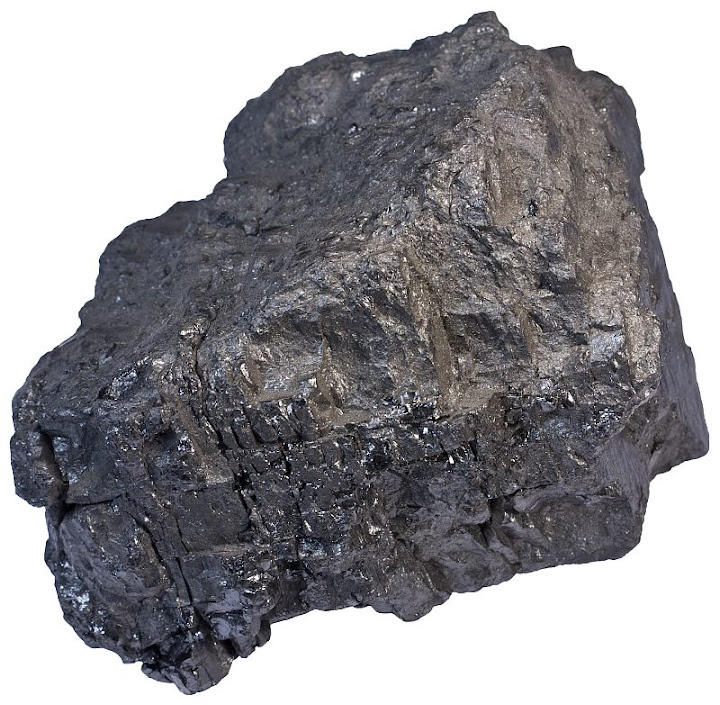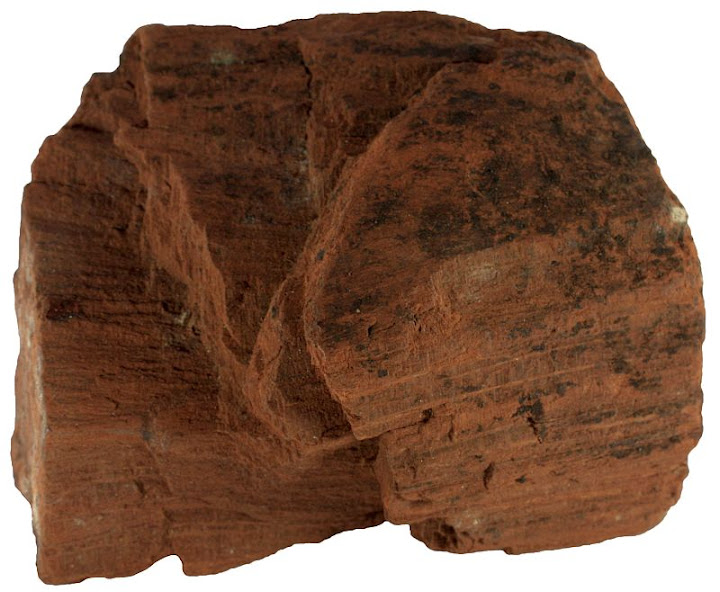Anthracite is a type of coal with a highest rank. Coal rank measures the carbon content which is in correlation with calorific value and metamorphic grade. It has a very high carbon (over 90%) and low volatile content (below 5%)1.

Anthracite is a shiny black rock. Width of sample is 8 cm. Location unknown, either Russia or Ukraine.
Anthracite is the most desirable type of coal because it contains more energy than other types and it is also the most environmentally friendly of them because of purity. Unfortunately, only approximately 1% of all the coal is anthracite. So we also burn bituminous coal, lignite (brown coal), and even peat which is the source material of coal.
Anthracite, unlike other coal types which are sedimentary rocks, is a metamorphic rock. It was buried so deep that no plant remains have survived. I don’t want to say that coal contains easily recognizable plant remains but they do contain bands with fancy names like vitrain, clarain, etc. that represent different materials. Such bands are missing in anthracite which is more uniform and has a semimetallic luster.
Difference between anthracite and coals with a lower rank is obvious not only because of luster but also because it does not soil fingers. It has a smooth shiny black surface that may resemble obsidian but the material it not as dense and lacks the look of a glass.
Total world production of anthracite was 606 million metric tons in 2011 and it is rising fast. It was only 445 million tons just five years earlier. China is by far the largest producer, followed by Ukraine and Russia2.

Bituminous coal has lower rank and calorific value but it is more common than anthracite. The sample is from the Donets Basin, Ukraine. Width of sample is 8 cm.

Lignite or brown coal is even poorer than bituminous coal but it is still extensively mined. Width of the sample from Germany is 6 cm.

Peat is the source material of all the other coal types shown above. It accumulates in wetlands and is composed of plant remains. It has a fairly low calorific value but it is still used as a fuel in many parts of the world, especially when pressed into briquettes. The sample from Estonia is 8 cm in width.
References
1. Stow, D. A. V. (2005). Sedimentary Rocks in the Field: A Color Guide. Academic Press.
2. US Energy Information Administration
Leave a Reply